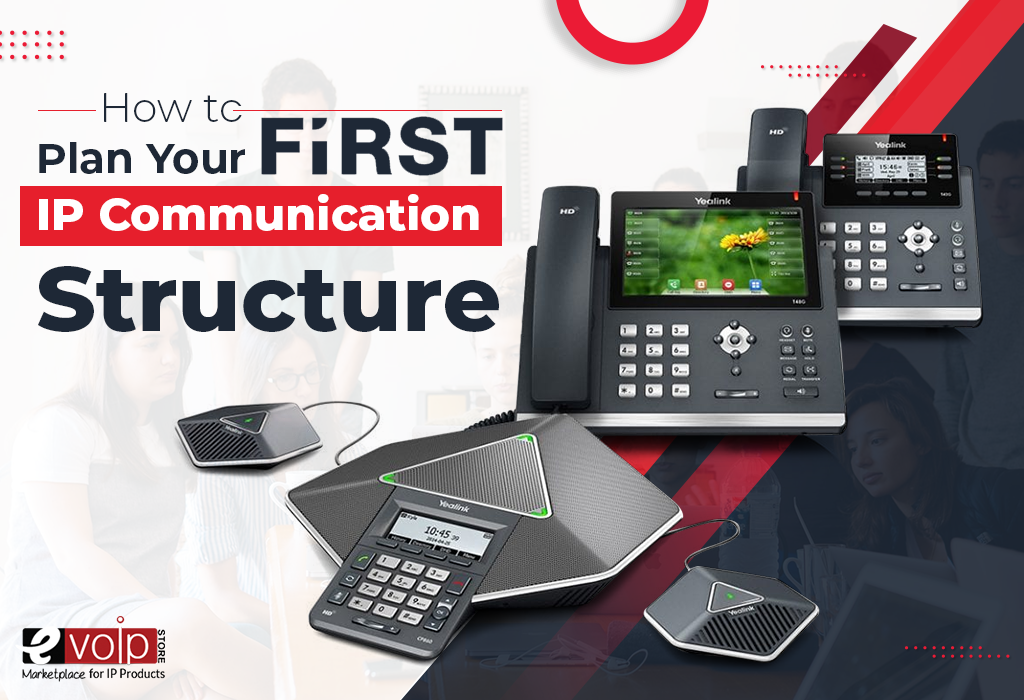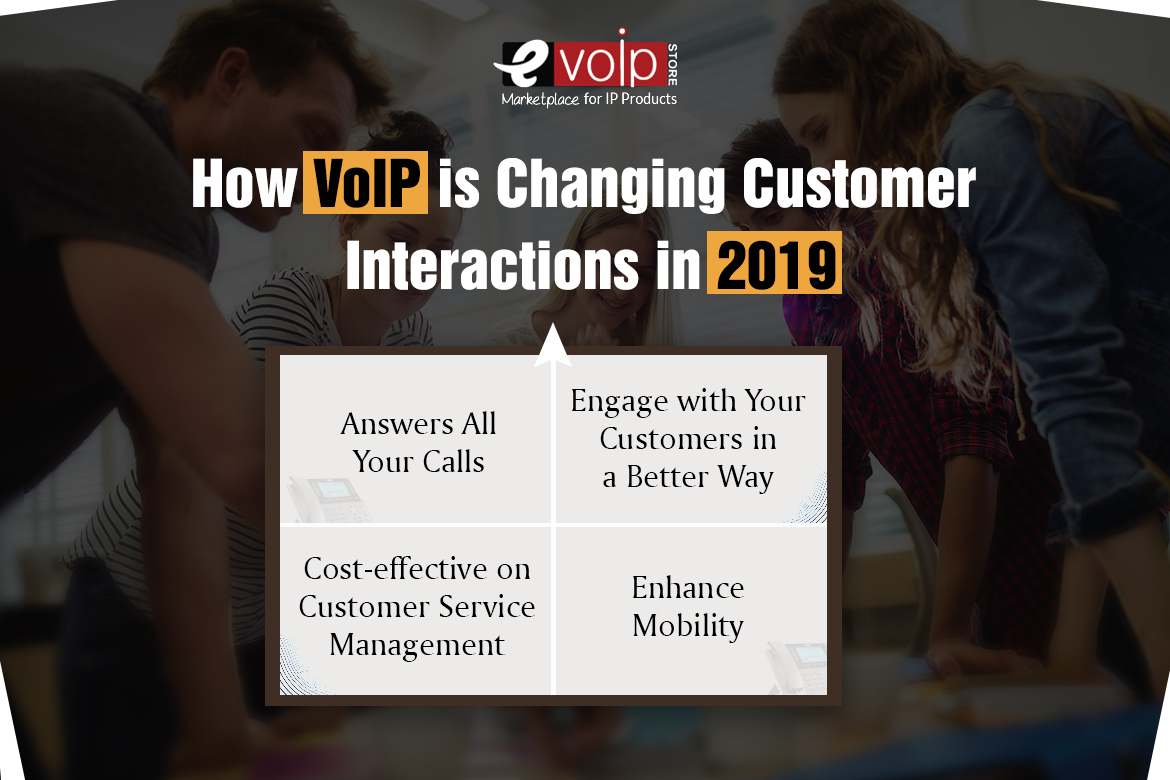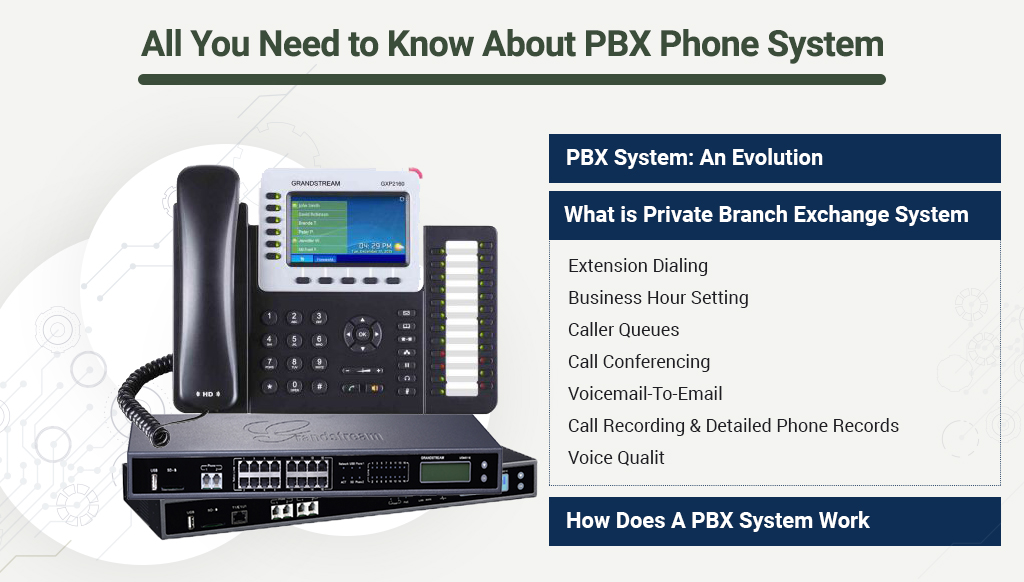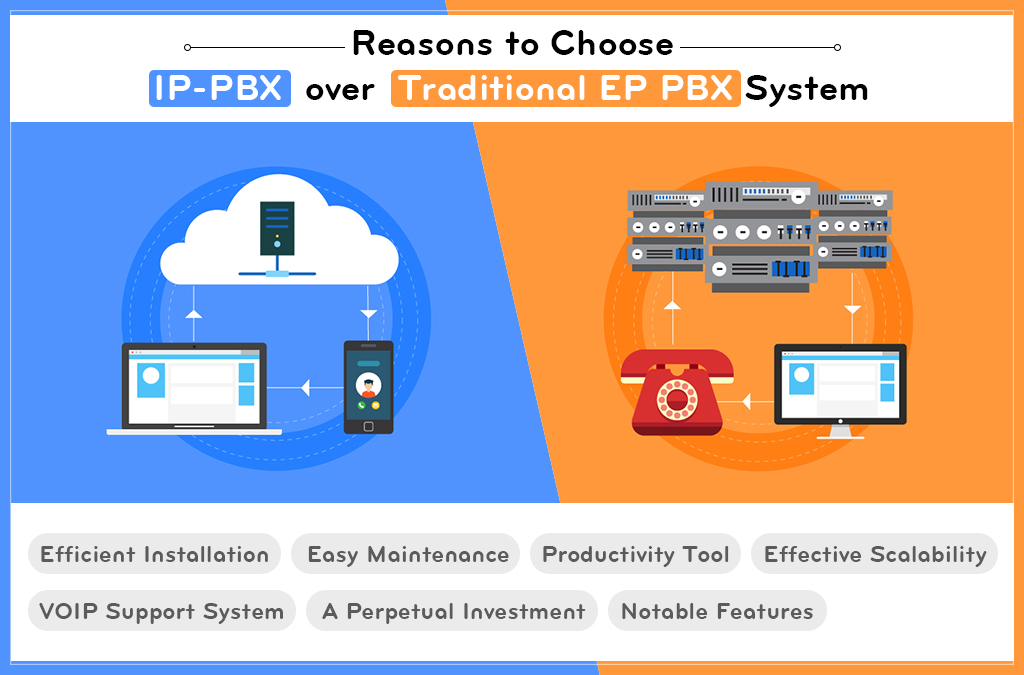Tag 'PBX Phone System'

So you’ve done your research and are ready to install an IP communication solution. Even if you are installing it for your own organisation or looking to step into the installation venture, it is cynical to get into any tech deployment with a plan and a structure. Obstacles during a deployment almost every time come from a lack of vision and detail during the stage of planning. Whether it is the first time of your deployment or one hundredth, following a particular set of steps will help in making sure you structure the flawless deployment on the first attempt.

In today's fast-moving consumer era, it wouldn't be wrong to say - Customer is King! It has become extremely imperative for organizations to keep their customers happy by regularly updating them about various offerings through different mediums. One problem area that most companies find themselves in, is finding a suitable, economical, and effective platform in order to keep in touch with loyal customers.
Customer communication is one of the most challenging tasks for organizations, and those who fail to perform this function, lose out a number of customers immediately.

Communication is a bedrock of any organization that helps in bridging the gap between different departments and broadcasting information to align them within one single objective. Over the years, information technology has made great evolvements that gave rise to several communicational requirements.

Reasons to Choose IP-PBX over Traditional EP PBX System
For decades, EPABX is considered as one one of the best mode for business communications. They were developed using copper wires and operates on POTS (Plain Old Telephone Services). Presently, businesses are looking to extend their potentials and redesign their internal as well as external communication channel. The invention of IP PBX has revolutionized the business communication landscape. Basically, an IP PBX is a PBX phone system integrated using an internet protocol rather than traditional analogue services.
